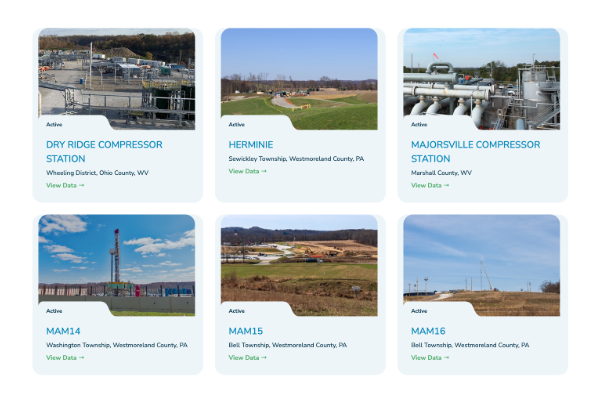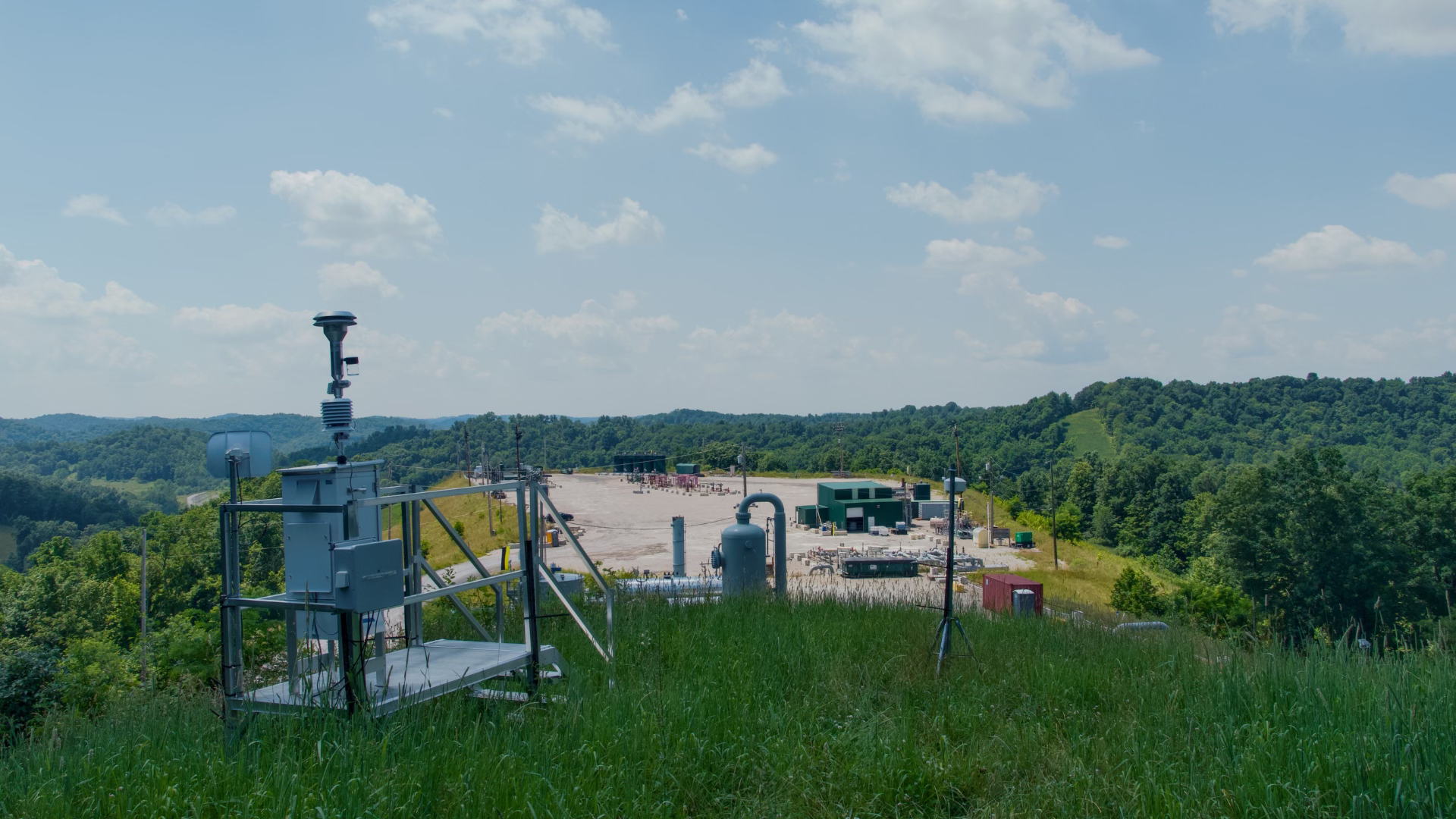CNX Resources: Championing Transparency in the Face of Hypocrisy
In southwestern Pennsylvania, CNX Resources has taken bold steps to address public concerns about the environmental impact of natural gas development through its Radical Transparency program.
August 11, 2025

By Positive Energy Hub Staff
The program was launched in November 2023 in collaboration with Pennsylvania Governor Josh Shapiro and the state’s Department of Environmental Protection (DEP). The initiative is a groundbreaking commitment to sharing real-time air and water quality monitoring across natural gas operations—providing communities with unprecedented access to data.
Yet, despite its innovative approach, the Environmental Health Project (EHP) has unfairly criticized CNX’s efforts in its April 2025 report, “Pennsylvania’s Shale Gas Boom: What the Shapiro Administration Can Do to Better Protect Public Health.”
At the same time, the environmental group Environmental Health Sciences, through its Environmental Health News website, applauded a similar air monitoring initiative: the Eyes on Air program led by the Beaver County Marcellus Awareness Community (BCMAC). This endorsement was made in its March 2025 article titled, “A new tool for communities near Shell’s plastics plant in Pennsylvania provides air quality insights.”
This stark contrast in environmental organization rhetoric reveals a troubling hypocrisy, particularly when both monitoring programs share the same goal: empowering communities with data to safeguard public health, and data to drive informed public policy.
CNX’s Radical Transparency: A Model for Accountability
CNX Resources’ Radical Transparency program is a pioneering effort to strengthen ties between industry and community.
Through the program’s ongoing expansion, CNX has collected over 600,000 data points (and counting) across nearly two years, and maintained compliance with the 98th percentile 24-hour concentration published in the EPA National Ambient Air Quality Standards. CNX also publicly discloses chemicals used in drilling.
The real-time data is presented by location on CNX’s website, complementing frequent site updates detailing other environmental information.

Governor Josh Shapiro has lauded the initiative, highlighting that, “CNX is leading the industry in showing how we can reduce pollution and ensure the health and safety of our communities while still maintaining Pennsylvania’s central role in the nation’s energy economy.”
CNX’s commitment to transparency aligns directly with public health priorities. By making data accessible, CNX empowers residents to see and understand the environmental impacts of natural gas operations.
The program’s rigorous methodology, aligned with state and federal standards and performed by a third party, ensures scientific credibility. Further, the project isn’t a marketing gimmick, but the new normal for CNX as it’s been integrated into the company’s sustainable business model.
Most recently, this spring PA DEP and CNX announced the next step in Radical Transparency: “DEP will begin conducting the most intensive independent study of unconventional gas wells in the nation. CNX will provide DEP with continuous access to one of its well pad sites in Washington County, allowing for in-depth independent monitoring of the air emissions before, during, and after development of the new wells.”

Criticizing CNX, Praising BCMAC
Despite CNX’s efforts, EHP’s April 2025 report dismisses Radical Transparency as inadequate, lacking accountability, arguing “the CNX setbacks are a marginal increase over current requirements,” suggests the data is “cherry-picked,” and calls CNX’s conclusions speculative.
EHP claims the program’s data collection fall short of addressing the broader health risks of fracking. “We have no evidence that shale gas development can be done without harm to human health,” writes EHP. However, that evidence is exactly why Radical Transparency was launched and why the program continues in earnest.
However, just one month earlier, an Environmental Health News (EHN) article enthusiastically endorsed the Eyes on Air program, a community-led air monitoring effort by BCMAC near Shell’s ethane cracker plant in Beaver County.
The article praises Eyes on Air for providing “real-time, hyper-local air quality information” from five new air monitors, enabling residents to track particulate matter and volatile organic compounds.
The hypocrisy is glaring. Both Radical Transparency and Eyes on Air aim to provide communities with accessible, real-time environmental data to address health concerns. Both involve air quality monitoring to detect pollutants like volatile organic compounds. Both are designed to empower residents with information to protect themselves. Yet, one environmental organization vilifies CNX’s industry-led initiative while the other organization celebrates BCMAC’s effort, despite their shared objectives.
This double standard undermines the environmental community’s credibility and suggests a bias against industry-led solutions, even when they align with public health goals.
Industry as a Partner, Not an Enemy
EHP’s criticism also ignores the broader context of Pennsylvania’s energy landscape. The state’s natural gas industry, centered in the Marcellus and Utica shales, supports thousands of jobs and provides significant economic benefits, including billions in taxes, fees, and royalty payments.
Moreover, in EHP’s discussion of whether natural gas is “clean energy,” it alleges “greenwashing tactics the oil and gas industry employs to ensure continued public favorability for its polluting products.” To the contrary, that public favorability comes from the public’s recognition that, 1) natural gas has played a principal factor in reducing power sector carbon dioxide emissions by 40% the past 20 years, and 2) natural gas is vital to fuel increased electricity demand and support the addition of intermittent “clean” generation sources to the grid.
CNX’s Radical Transparency program demonstrates that industry can be a partner in addressing community concerns and questions on environmental impacts. By voluntarily exceeding regulatory standards and sharing data publicly, CNX is setting a new standard for responsible resource development. EHP’s dismissal of these efforts as insufficient, while EHN praises a similar initiative, sends a confusing message to communities and policymakers alike.
A Call for Consistency and Collaboration
Rather than disparaging CNX’s efforts, EHP should embrace them as part of a broader strategy to protect Pennsylvania’s residents.
By working together—industry, community groups, and environmental advocates—Pennsylvania can continue to be both an energy and environmental leader. That leadership translates into affordable energy bills and improved air quality. It’s time for environmental organizations to support all efforts that advance both transparency and public health, regardless of who spearheads them, and stop the hypocrisy.
You may also like...



